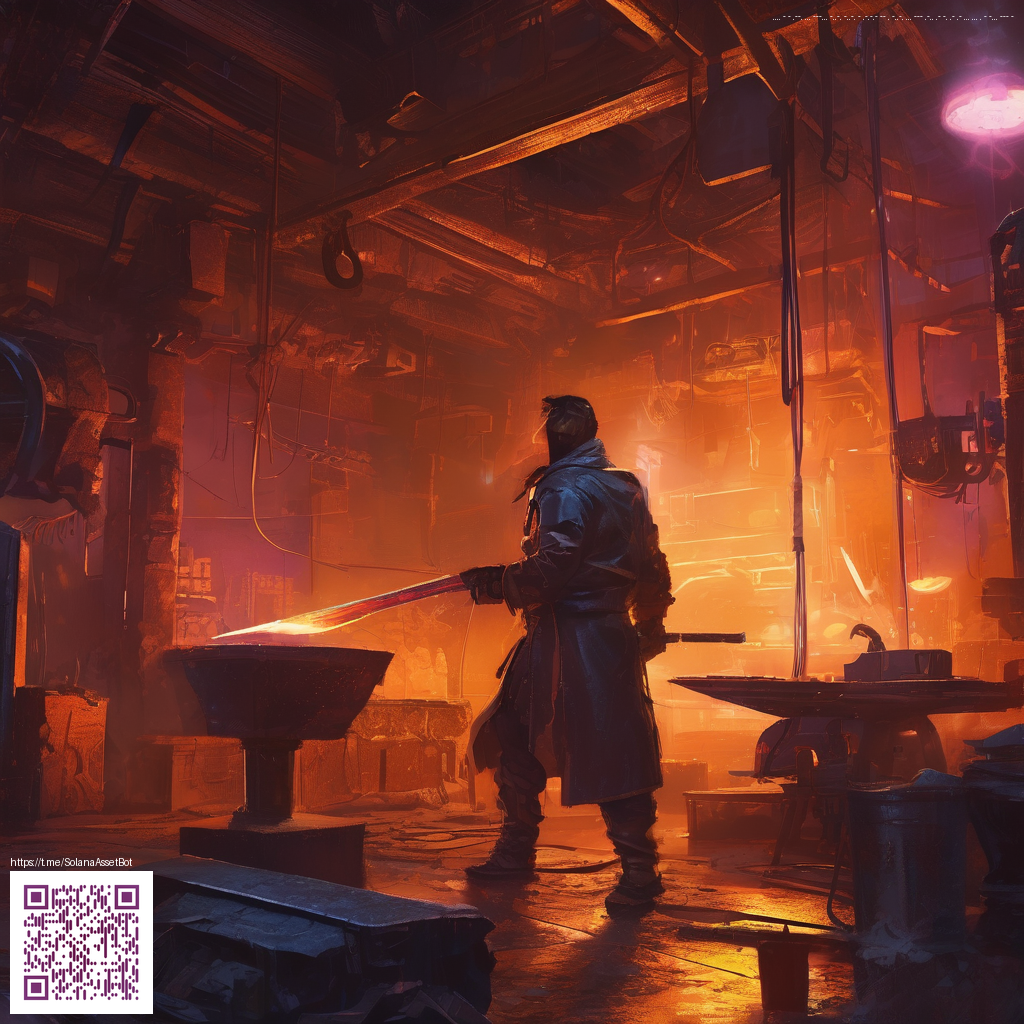
Production Challenges in the Diablo II Resurrected Remaster
Fans remember the moment the remaster was announced and the hype was real. Behind the glossy trailers and nostalgic soundtracks lies a mountain of decisions about how to honor a classic while delivering modern stability. The team faced a delicate balancing act, blending original art direction with contemporary lighting, textures, and interface design. The result is a faithful homage that invites both returnees and newcomers to dive in, yet the road to that point was paved with complex production hurdles.
From Vision to Reality
The project brought together veterans from Blizzard and the studio known for revamping beloved classics. The challenge was not simply recreating a beloved game but recreating its rhythm, pacing, and loot economy in a modern engine. Artists, designers, and engineers labored to preserve the distinctive isometric feel while updating models, animations, and UI for today’s displays and resolutions. Every dungeon tile and rune word had to be audited for balance and accessibility, all while staying true to the original game’s spirit.
Online Infrastructure and Launch Hiccups
Launch week exposed the fragility of online infrastructure when a flood of players hits the servers at once. Login queues, matchmaking delays, and occasional outages tested the patience of veteran players and newcomers alike. The team leaned into rapid hotfix cycles, tightening connection handling, combat latency, and server stability. Community feedback during those first days shaped subsequent updates and clarified priorities for ongoing maintenance.
Quality of Life versus Authenticity
One of the most debated topics among fans was how to modernize the experience without erasing its core. Improvements to graphics, quality of life features, and cross‑platform play came with questions about inventory management and stash reliability. Some players celebrated streamlined item management and improved multiplayer filters, while others worried about changes that might dilute the original feel. The developers navigated those tensions with adjustable settings and server-side balance passes so players could tailor the experience to their preferences.
Modding Culture and Community Feedback
The community has long embraced the tinkering spirit that defined classic ARPG modding. In the remaster era, modding culture remained vibrant, with fans experimenting around the edges of the official experience. Developers acknowledged this energy and sought to maintain a stable foundation that supports experimentation without compromising live service health. The dialogue between players and creators became a hallmark of this remaster, turning patch notes into a conversation about balance, accessibility, and shared nostalgia.
Developer Commentary and Lessons Learned
Open channels between players and developers proved invaluable in addressing emergent bugs and balance concerns. Public posts and internal reviews underscored a commitment to preserving the game’s identity while embracing necessary improvements. The biggest takeaway was that even a revered classic benefits from iterative refinement, clear communication, and a steady cadence of updates. The team embraced a learning mindset, aiming to deliver a stable foundation now and a pathway for meaningful, community-informed enhancements later.
For players who love the grind, this is a reminder that remasters are living projects. They thrive when the community helps spotlight issues and when developers respond with thoughtful tuning. The result is not merely a port but a living reinterpretation that respects the past while inviting ongoing experimentation and collaboration. 💠꩜🌑